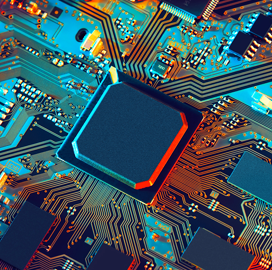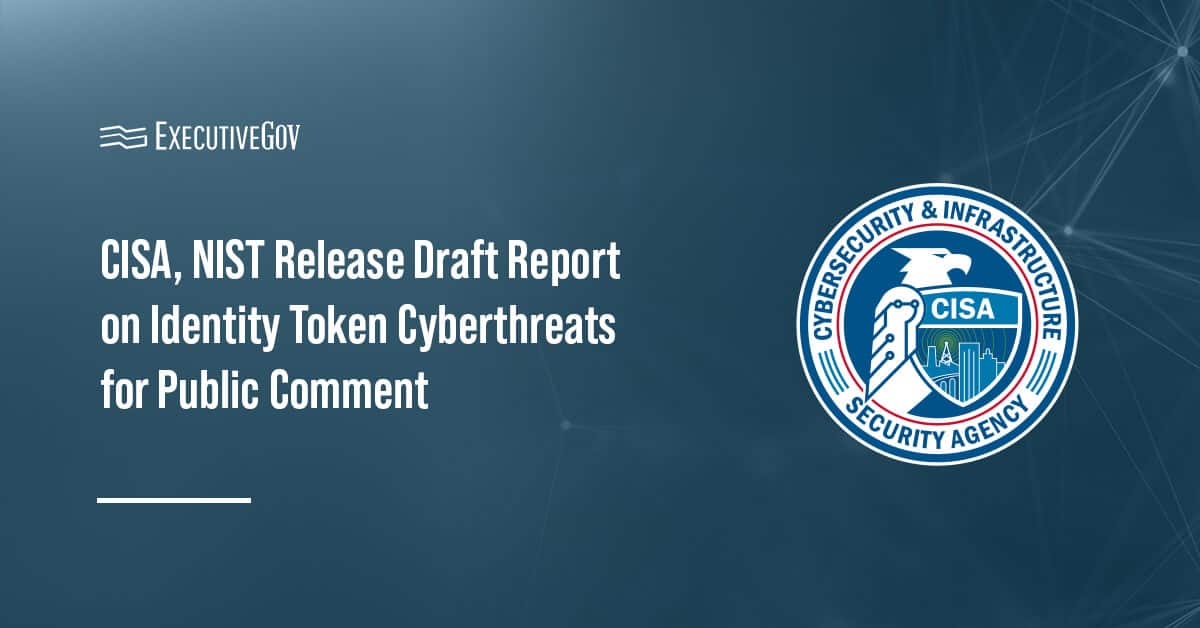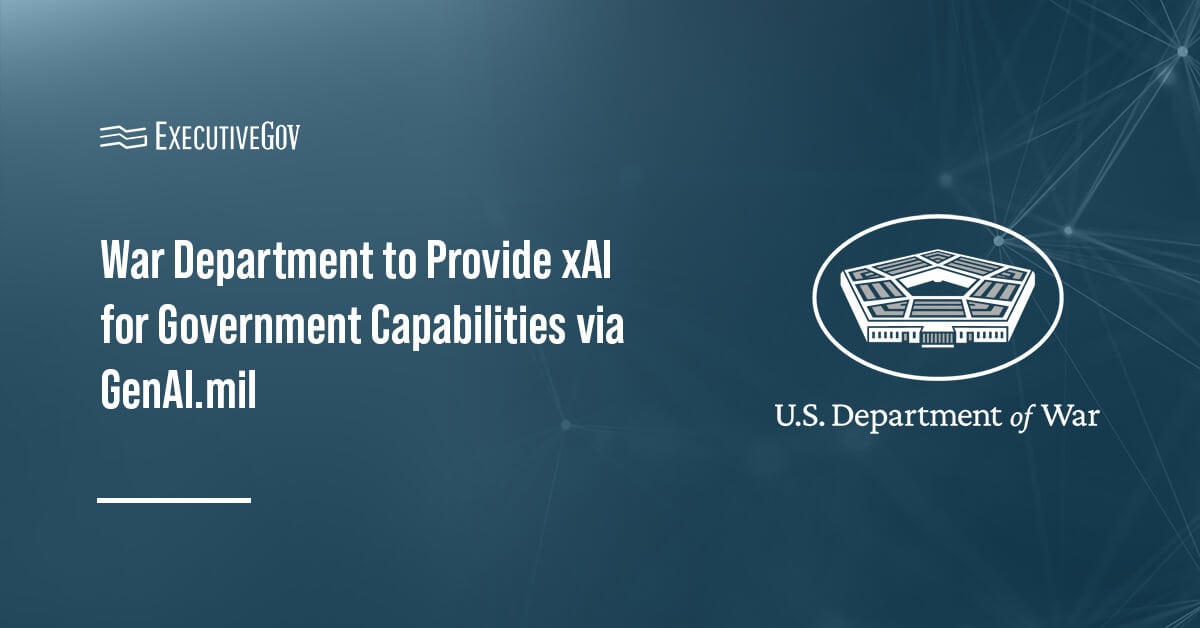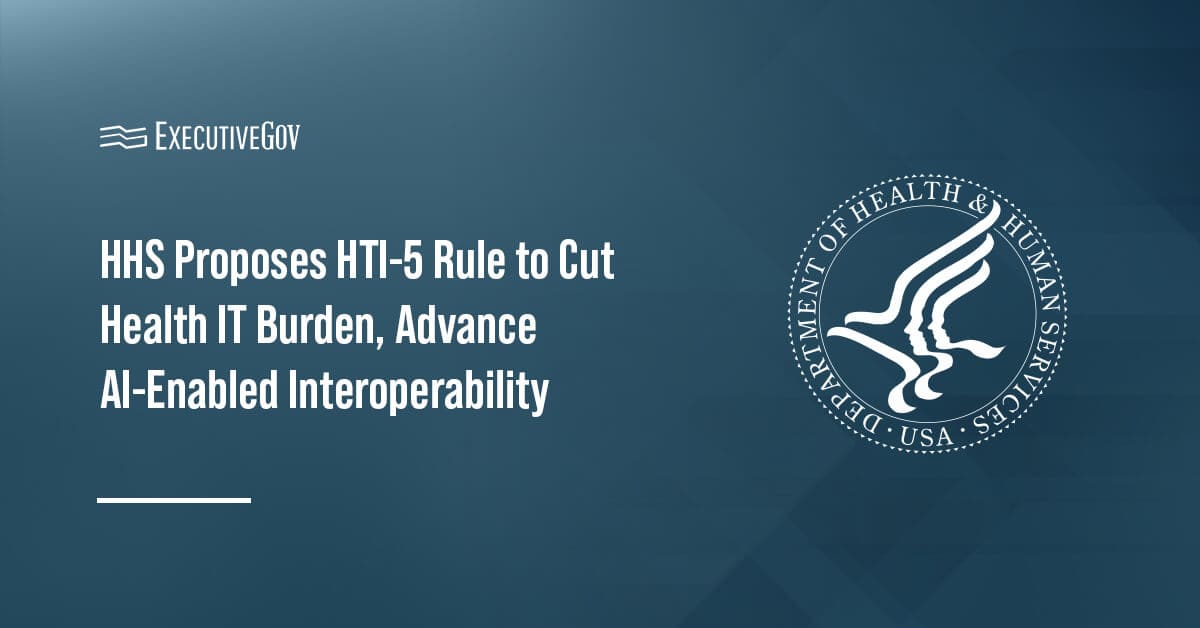Artificial intelligence is taking the world by storm, and AI technologies require a significant number of microelectronics to function. These tiny chips are the backbone of any digital capability, and their powerful influence on larger systems means that vulnerabilities cannot go unchecked.

Microelectronics is one topic that may be covered during the Potomac Officers Club’s 5th Annual AI Summit on March 21, where key leaders in the field will come together to share their insights on AI and related topics. Dr. William Streilein, chief technology officer of the Department of Defense’s Chief Digital and AI Office, will deliver the opening keynote address.
Click here to learn more, and click here to register to attend.
Public sector organizations are racing to unlock the benefits AI technologies have to offer, but the novelty of these capabilities and quick pace at which they are developing has brought about a number of security concerns, many of which can be tied to potential vulnerabilities in the microelectronics these systems are built on.
Through legislation like the CHIPS and Science Act, the federal government is looking to rebuild the domestic semiconductor manufacturing ecosystem to secure the microelectronics supply chain while creating jobs.
Continued investments in semiconductor manufacturing, said Secretary of Commerce Gina Raimondo, are a necessity to meet the growing demand for AI technologies.
During an Intel Corp. event earlier this month, Raimondo shared that she has spoken about this topic with Sam Altman, CEO of OpenAI, which developed the widely known generative AI tool ChatGPT.
“When I talk to him or other customers in the industry, the volume of chips that they project they need is mind boggling,” she said.
OpenAI recently widened the availability of its tools for use by public sector entities by altering an earlier policy that prevented military organizations from using its applications.
A spokesperson for OpenAI told The Register in January that while company policy “does not allow our tools to be used to harm people, develop weapons, for communications surveillance, or to injure others or destroy property,” there are many national security use cases that “align with our mission.”
In remarks published to the Commerce Department website earlier this week, Raimondo noted that generative AI was not yet prominent enough to consider during the creation of the CHIPS and Science Act.
Now, she said, it is recognized that generative AI “takes tens of thousands of leading-edge chips to train.”
“If we want to continue to lead in AI and other central technologies, then we must successfully implement this CHIPS initiative and make sure we are being bold enough with our vision,” said Raimondo.
Though she is confident about current CHIPS Act efforts, Raimondo anticipates the need for a second push.
“I suspect there will have to be — whether you call it Chips Two or something else — continued investment if we want to lead the world,” she said.
Don’t miss out on the opportunity to learn more about AI at the 5th Annual AI Summit! Register here.





